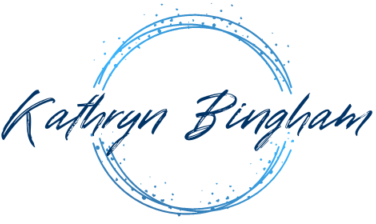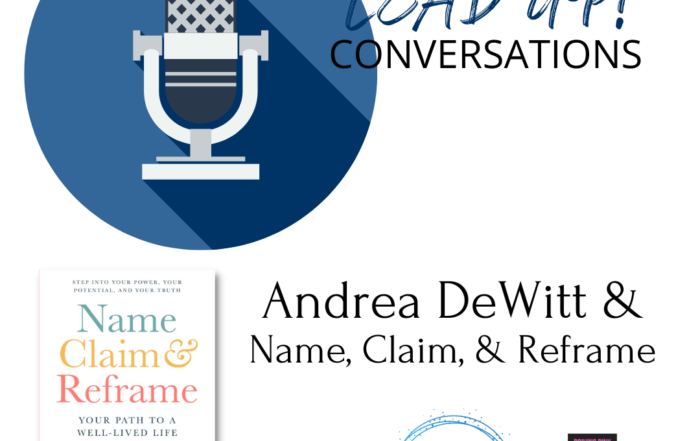5 Steps to Identify Awesome Hires

In his recent LinkedIn post, Ryan Holmes, CEO of Hootsuite writes about optimal team sizes. The number to manage scaled growth successfully at Hootsuite is 10. But not just any ten. Holmes advocates for investing the vetting time to identify the right team members.
In a prior organization, our leadership team came together to honestly assess what we were calling hiring “mistakes.” We were building a new team from scratch, and had picked some “ace” players. We also had a couple “Steady Eddies” and, admittedly, at least two complete fails. Why had this happened? On paper, the individuals had the right “creds.” During interviews, they were articulate and engaging. Shortly after hire, however, we recognized we had chosen poorly. By the end of the meeting, we’d captured our lessons learned and crafted a process to assure hiring wins.
Step One: Know the qualities of A players on your team
In our assessment session, we literally papered the walls with information on our existing team. We had a photo, name and role, and highlights of each persons’ education and experience. We then documented our thoughts about each team member, asking a series of questions: What words describe this individual’s actions? Behavior? Knowledge? Interpersonal skills? Attributes?
We identified our star players and analyzed what these individuals had in common. We also compared identified key qualities to our Steady Eddies and hiring fails. The exercise surfaced 11 “must have” attributes. These qualities differed from any “sit at the table requirements” for a given role at a given level in the organization. While our list might have included some universal attributes, such as politically savvy and continuous learner, the full set reflected the unique culture and reputation we were trying to build.
Step Two: Craft an interview instrument and process
As a team, we discussed at length how to enable a potential candidate to articulate experiences that would clearly indicate possession (or not) of the must-haves. Using a form of behavioral questioning, we relied heavily on open-ended queries and prompts: Tell me about a time when … Describe when you experienced a challenge of … How did you resolve …?
Our process included interviews with individuals and groups of two to five members of our team. For every candidate, we strategized key questions and divided accountability for listening and capturing specific attributes amongst the team. Everyone could note observation of must-haves, but at least one person was designated the task of documenting specific qualities.
Step Three: Examine the position description and requirements before posting
If you’re looking for change—something’s not working or you’ve anticipated a business risk that requires a new skill mix—using the same job description will not serve your organization. Generalizable qualities such as leadership competencies and change management may trump siloed experiences. Be sure to include people in your candidate pool who demonstrate success in an adjacency—for example: same industry, different function; or, same function, different industry. Finding a good fit does not require finding a person whose background is an exact match to a specific functional role. Leverage diversity of thought and approach.
Step Four: Surfacing what a resume can’t reveal through multi-level engagement
Our team interviewing strategy included members at the leader, peer and report levels. What the resume won’t tell you—your team will. The diversity of impressions offers valuable insight. For example, when seeking to fill a senior position, a candidate who “looked good on paper” interviewed well with two peers and a VP. However, with staff, he gave minimal answers, looked constantly at his watch, and demonstrated a veneer of dismissiveness. He was immediately rejected. He would not have succeeded in our team culture of high respect and low power distance, and would have generated collateral damage with his management style.
Step Five: Look for growth potential
When hiring A players, think ahead about a candidate’s potential for professional growth and future opportunities. Consider the dual viewpoints of what the candidate brings to the table as well as what the organization offers. How does she invest in her own career? What does he do to keep current? How do these activities translate to shared learning or knowledge transfer within your team? If successful, could this person rotate into alternate functions or business units, or extend his reach in a new role on the team as he and your organization grows? Forward thinking supports ongoing positive relationships.
Identifying awesome hires is entirely possible with a clear understanding of what qualities represent excellence for your team and attention to the vetting process.
Identifying awesome hires is entirely possible.
What other ideas or experiences have worked for you? How does your organization discern who will be a good fit for the team?
Create conversation on the LEADistics Facebook page (look for the link to this post). Share using your favorite social media!
Thank you for visiting Dr. Kathryn Bingham’s blog! We invite your discussion at LEADistics’ community page. Fans and honest critics are welcomed! Please see our Comments Policy and reuse Permissions on the FAQ page. All posts are covered by copyright law, with all rights reserved.
Social Share
Recent Posts
LeadUP! Juana Bordas
This LeadUP! Conversation features Dr. Juana Bordas, president of Mestiza Leadership International and author of newly updated The Power of Latino Leadership (listen or watch here). Bordas shares how her immigrant experience shaped her leadership. [...]
Power of the Pivot
The idea seems simple. When something isn’t working, just change. Shift. Adapt. But our brain sabotages the effort. We’re convinced that if we just do better or try harder with our current path or process, [...]
LeadUP! Andrea DeWitt
In this LeadUP! episode, Dr. Kathryn Bingham and author Andrea DeWitt talk about her new book, Name, Claim & Reframe and how individuals can step into their power, their potential, and their truth. Both the [...]





